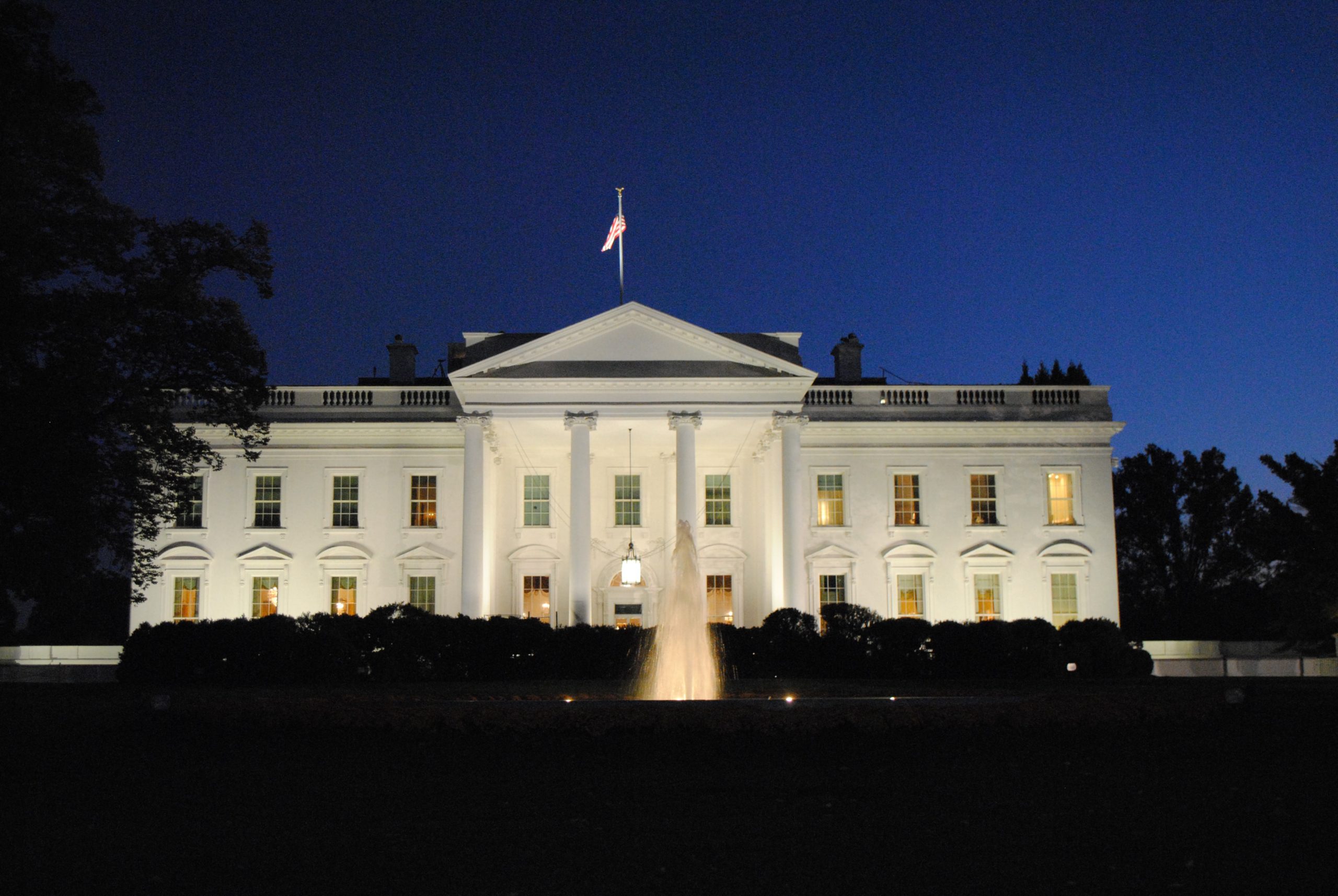By Minh N. Vu and Kristina M. Launey
Seyfarth Synopsis: Congress Members recently renewed their efforts to take legislative action and urge the DOJ take regulatory action regarding physical and website accessibility, respectively.
You have to give them credit for trying. A group of Senators recently sent Attorney General Barr a letter asking the Department of Justice (DOJ) take action to provide some certainty and relief to businesses regarding website accessibility, and a group of Representatives introduced a bill to provide some relief to businesses from physical accessibility lawsuits. While we appreciate their efforts, we are skeptical either will gain any traction.
On the topic of website accessibility, Senators Grassley, Tillis, Cornyn, Crapo, Ernst, Blackburn, and Rounds sent a letter dated July 30, 2019 to Attorney General Barr following up on the letter a larger group of Representatives wrote to Attorney General Sessions in 2018. The letter sought an update and urged “further action to promote greater clarity, compliance, and accessibility” in the area of website accessibility.
The 2019 letter noted Attorney General Sessions’ October 2018 response reiterated the DOJ’s position that the ADA applies to public accommodations’ websites and that public accommodations have flexibility in how they will comply with the ADA’s requirements. But, the response conspicuously lacked any indication that the DOJ would provide guidance to businesses on what it means to provide an accessible website. The Senators’ 2019 letter emphasized the need for DOJ guidance in this area given the increasing litigation and conflicting judicial opinions on whether the ADA applies to websites at all: “Regulation through litigation should not be the standard.”
The 2019 letter closed by requesting information by August 30, 2019 – regarding what specific steps the DOJ has taken to resolve this issue in the past year, and what it intends to do; whether the DOJ considers the Web Content Accessibility Guidelines (WCAG) 2.0 an acceptable compliance standard for Title III of the ADA; whether a business’ resources should be taken into consideration; and whether the DOJ has considered intervening in any pending litigation to provide clarity or to push back against any identified litigation abuses.
Also on July 30, 2019, Representatives Calvert, Cook, Hunter, Walker, Grothman, Turner, Rice, and Wilson introduced H.R. 4099, the latest effort to provide some relief to businesses from physical accessibility lawsuits – with a bit of web accessibility thrown in. The bill – dubbed the “ADA Compliance for Customer Entry to Stores and Services Act”, or “ACCESS Act” – would:
(1) Require the DOJ to develop an education program for state and local governments and property owners on “effective and efficient strategies” for promoting accessibility;
(2) Prohibit a lawsuit be filed alleging a violation of the ADA without prior notice be given to the owner or operator of the business and 60 days to provide a plan to cure the violation and 60 days after to make substantial progress on that cure. The notice must specify in detail how the individual was actually denied access to a public accommodation, whether a request for assistance to remove the barrier was made, and whether the barrier was permanent or temporary.
(3) Require development of a model alternative dispute resolution program, apparently similar in concept to the U.S. District Court for the Northern District of California’s General Order 56.
(4) Require the Attorney General to complete a study within one year of whether the WCAG 2.0 standards, “accessibility widgets, or providing a telephone number through which members of the public can obtain the same information and services as they would on a website would all provide reasonable accommodation for individuals with disabilities.”
The first three provisions are very similar to those in the ADA Education and Reform Act of 2017 (HR 620) which passed the House but gained no traction in the Senate. The fourth provision concerning website accessibility is new. Requiring Department of Justice to conduct a study on alternative methods of providing access to information and functionality on a website an interesting long-term academic exercise which might someday provide some fodder for the defense bar, but it will do nothing to provide any relief to businesses facing the barrage of website accessibility claims now and in the foreseeable future. Considering the fate of HR 620, the ACCESS Act is unlikely to become law (though some state efforts, such as in Ohio, have succeeded). We will monitor the bill as well as the correspondence between Congress and keep you updated.
 Seyfarth Synopsis: Responding to the surge of website accessibility lawsuits filed under Title III of the ADA, 103 members of Congress from both parties sent a letter to Attorney General Sessions urging action to stem the tide of website accessibility lawsuits.
Seyfarth Synopsis: Responding to the surge of website accessibility lawsuits filed under Title III of the ADA, 103 members of Congress from both parties sent a letter to Attorney General Sessions urging action to stem the tide of website accessibility lawsuits.






